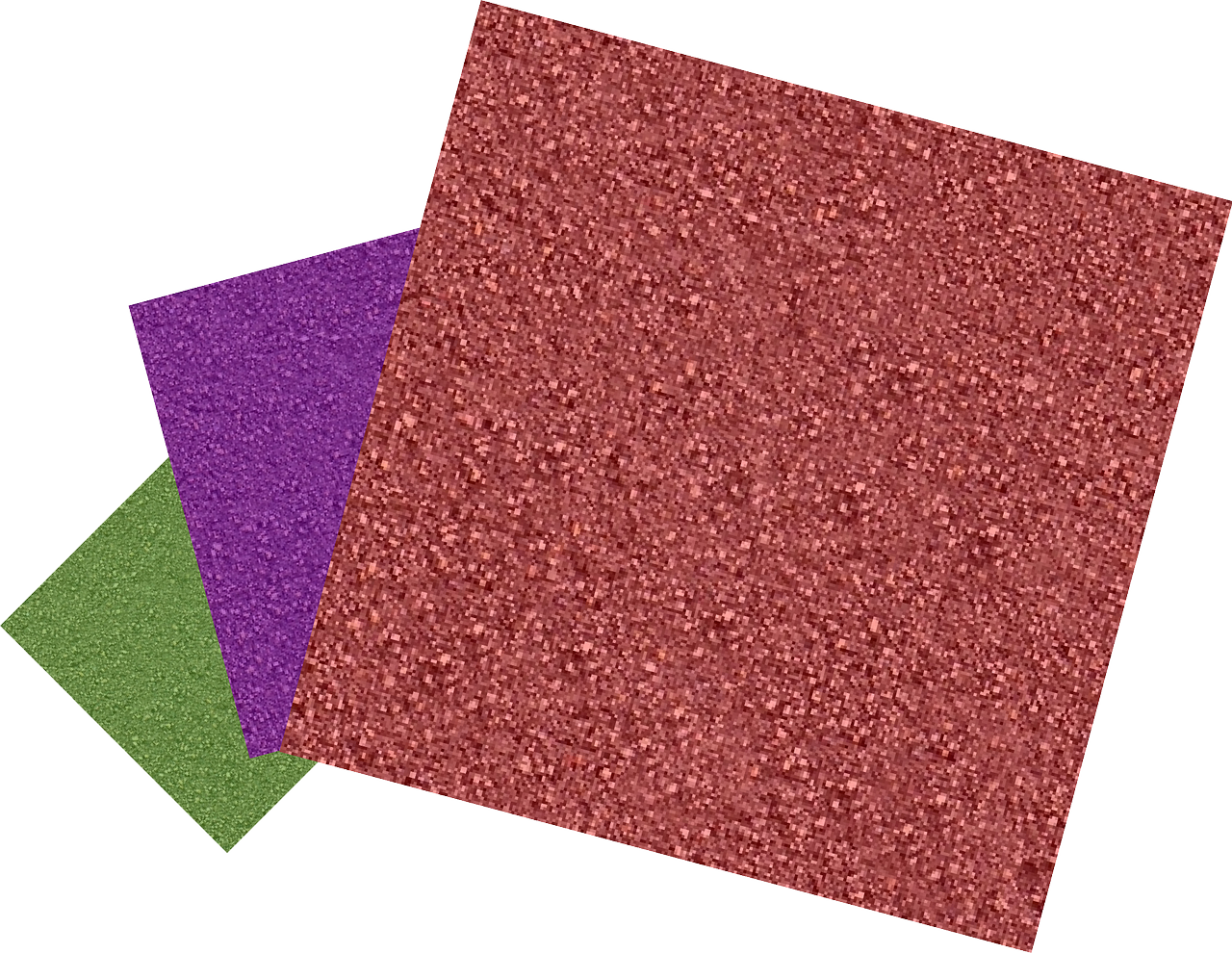When it’s time to bring your wooden floors back to life, sanding them is the first crucial step. But before you start, selecting the correct sandpaper grit is essential. In fact, this choice can make the difference between an average-looking floor and one that’s absolutely stunning. What’s more, selecting the wrong sandpaper can have repercussions, as you can end up damaging the floors. This mistake can prove costly because you may need to hire professionals to rectify the damage or even get the floors replaced. So, let’s take a look at the essential steps needed to choose the correct sandpaper grit for your floor sanding project, keeping things simple.
What is sandpaper grit?
Sandpaper grit refers to the coarseness of the sandpaper. Specifically, the number on the sandpaper tells you how coarse or fine it is. Lower numbers mean the grit is coarser and this type of sandpaper is best for removing old finishes and scratches. Higher numbers are finer, and are best suited for smoothing the surface before adding a new finish. Before using sandpaper for removing scratches, marks and stains from floors, it may be necessary to seek professional advice. If you live in Sydney, you can contact floor sanding Sydney professionals to make informed decisions. However, if you already know a thing or two about the process, let’s take a closer look at sandpaper grits and how to use them.
Starting with the Rough Stuff
For most floor sanding jobs, it is best to start with a coarser grit. This is the heavy lifter that gets rid of the old topcoat, stains, and significant flaws. A typical starting point is 40 to 60 grit. While this might seem rough, it’s necessary to strip the floor back to a base layer.
Moving to Medium Grits
After the initial sanding, it is recommended to switch to medium grit, usually around 80 to 120. This step removes the marks left by the coarser paper and starts smoothing the wood. Here, it is necessary to proceed with caution, as you will need to remove all traces of the coarser sanding without excessively scratching the wood.
Finishing with Fine Grits
The final sanding step uses fine grit, typically 150 to 240. This grit polishes the wood, preparing it for the new finish. This step is necessary to achieve a smooth, flawless surface that will increase the aesthetic appeal of your floors.
Why is it important to select the right grit?
Choosing the correct sandpaper grit is more important than it might seem. Too coarse, and you could damage your floors, leaving deep scratches that are difficult to fix. Too fine, and you’ll spend ages trying to get rid of old finishes and imperfections. All in all, the correct grit saves you time and effort and ensures a great result.
Tips for Success
- Test First: If you need help deciding which grit to start with, test on a small, hidden area of your floor. This way, you can see the effect without risking the whole floor.
- Change Often: Sandpaper wears out. Using fresh sandpaper makes the job faster and results in a better finish.
- Go Step by Step: Take your time with grits. Moving from coarse to fine in gradual steps creates the smoothest finish.
- Keep It Clean: Vacuum the floors between grit changes. Removing all the dust ensures each new grit does its job correctly.
Special Considerations
- Soft Woods: If you’re working with softer woods, such as pine, you should start with a finer grit to avoid damage.
- Hard Woods: Harder woods can handle coarser grits without issue. In fact, you might need the extra coarseness to get through tough old finishes.
- Old Floors: Be careful with very old or damaged floors. They might need a gentler approach to preserve their integrity.
Wrapping Up
Choosing the correct sandpaper grit is a critical step in refinishing your floors. It’s not just about making them look good; it’s about doing the job in a way that’s efficient and respects the wood. With the right approach, sanding can transform an old, worn floor into something extraordinary.
Remember, the goal is not just to sand down the floor but to prepare it for a new life. By following these guidelines, you will be well on your way to achieving floors that aren’t simply refurbished, but also reflect the care and attention you’ve invested in them.



